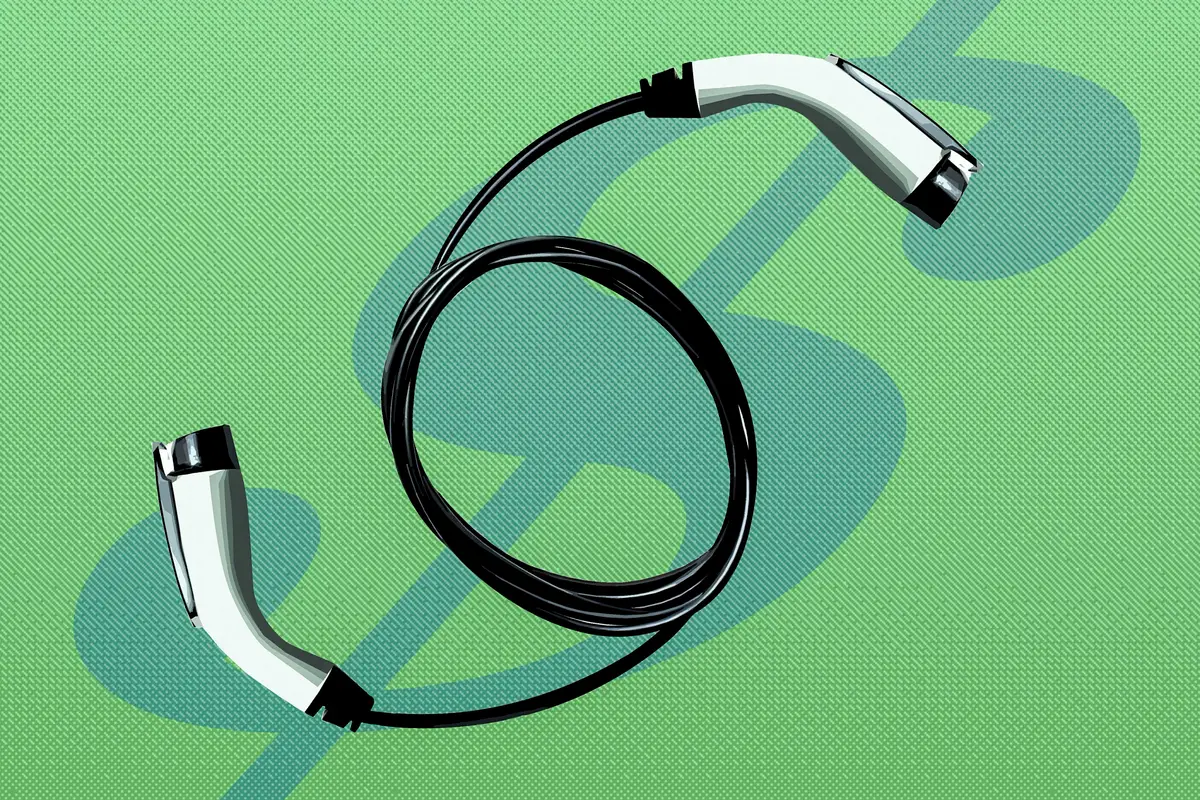The Morning Call and Mcall.com's view
Subaru made its reputation by building small, simple and inexpensive cars. It wasn’t too long before it made its reputation in this country. This Japanese automaker began offering more sophisticated and expensive cars; not really an unusual turn of events among manufacturers of small Japanese economy cars.
The company still offered a relatively inexpensive car but the lure and added profit of the up-scale market apparently had its impact. Subaru built four-wheel drive cars, turbocharged cars, sports cars, and, ultimately, a four-wheel drive, turbocharged sports car. Really, some heavy-duty machinery.
While still on a roll from all of its up-scale success, Subaru took two giant steps backwards and brought out the Justy; a small, simple and inexpensive car. The minicar has not been touted too much over the past couple of years until recently several manufacturers offered new models. The reason for this is quite apparent. There is competition in this market segment now and everyone would like to get a share. Also, anytime a manufacturer sells an entry level car there is always hope that the buyer will move up to a more expensive model in the lineup in the future.
Those who like small cars will probably love the Justy since it is very small. Outside dimensions include a wheelbase of 90 inches, overall length of 139 inches, width of 60.4 inches, height of 54.7 inches and curb weight of 1,675 pounds. It doesn’t take too much automotive acumen to realize that it would be an easy car to park. Also there it the realization that there is not a lot of car surrounding the driver. Mixing it up in heavy traffic could cause severe nervousness in some individuals.
In terms of styling, the Justy could justifiably be called cute. No great breakthroughs in design but nice clean and cheerful lines. And although it is quite box-like, it has a relatively low drag coefficient of 0.38.
The exterior styling lends itself to a (again, relative) decent-sized interior. The driver and front seat passenger not only have room to move but room to stretch out. Really a surprising amount of room for such a small car. Also the front-wheel drive configuration allows all the powertrain components to be located up front outside the passenger compartment. The two rear seat passengers will be a little cramped if the front seats are extended fully aft but otherwise shouldn’t have too many other problems. The luggage compartment measures 9 cubic feet with the rear seat backs in place and almost 25 cubic feet when they are folded.
Aside from several anxiety attacks, driving the Justy proved to be as easy as rolling off a log. Maneuverability is very good. The four-wheel independent suspension (MacPherson struts all around) and rack and pinion steering system are tight and predictable. The small 145SR12 tires look as if they would be more in place on a garden tractor and they proved to be big enough for all the demands placed on them. And, surprisingly, the ride wasn’t all that bad. (Something that isn’t apparent but will certainly prove useful when the snow starts flying and piling up, is a ”snow guard” incorporated in the front brakes to help prevent snow from packing around the brakes.)
Powering the Justy is a rather unique engine. It is a three-cylinder engine measuring 1.2-liter/73-cubic-inches. So, not only is it small but is a cylinder short of what is usually expected under the hood of small (and not so small) cars. The beauty of this engine is that it works so well. Play that five-speed transmission right and the Justy will go from 0-60 mph in less than 12 seconds.
Although the engine is quite small, it does pump out a respectable 66 horsepower at 5,200 rpm and 70 foot pounds torque at 3,600 rpm. Don’t forget, it only has to push 1,675 pounds.
The engine features a two-stage ”feedback” carburetor, three-valve per cylin er arrangement and counter-balancing system. The carburetor is pretty much self-explanatory but the other two items are rather unique. The three- valve system incorporates two intake valves and one exhaust valve per cylinder operated by a single overhead camshaft. According to Subaru, the design of the intake ports and spark plug location combine to provide proper swirl for efficient combustion.
To keep down the inherent vibration on the three-cylinder engine, a chain- driven counter balance shaft is located parallel to the crankshaft, and rotates at engine speed but in the opposite direction of the crank. What makes this somewhat unusual is that the balancer is an integral part of the engine. The water pump impeller is bolted to the shaft and the chain also drives the oil pump sprocket. To further help things out, the Justy uses a special silicone-filled lower engine mount which varies its shock absorbing qualities depending on the frequency of the vibrations.
When all is said and done, though, the Justy does best what it was designed to do – get high fuel mileage. The test car averaged 29 miles per gallon for city driving and 37 miles per gallon for highway driving.
The test vehicle, a top-of-the-line GL model had a base price of $6,295. The price included a nice level of trim and such standard equipment such as, rear wiper/washer, intermittent windshield wipers, mud flaps (front and rear), tachometer, rear window defogger, visor vanity mirror, rear luggage shelf and black exterior trim. Final price on the test car (including delivery, dealer prep, AM-FM stereo, air conditioning, and some odds and ends) came to $7,485. The lower priced DL model starts at $5,495. There is a rebate of $500 on all DL ’87 models and a $300 rebate on ’87 GLs, which will be in effect until January or until all of these models are sold.
Latest news



